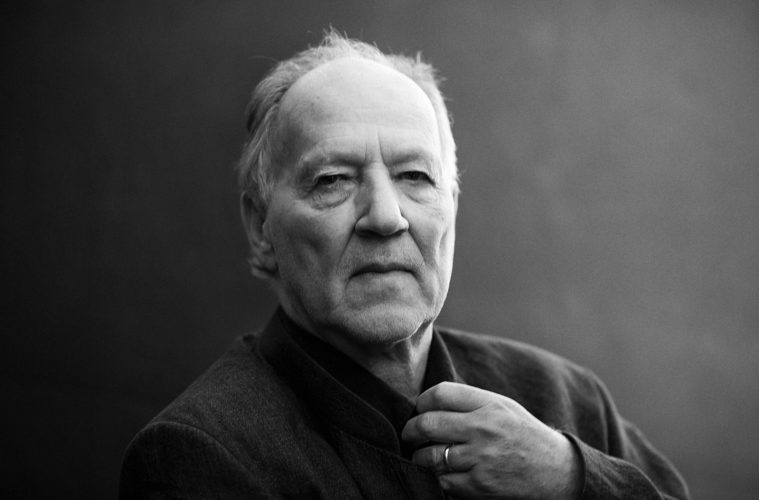
Dailies is a round-up of essential film writing, news bits, and other highlights from across the Internet. If you’d like to submit a piece for consideration, get in touch with us in the comments below or on Twitter at @TheFilmStage.
Vulture has published the first chapter of a new edition of Werner Herzog‘s Of Walking in Ice:
Saturday 23 November 1974
Right after five hundred meters or so I made my first stop, near the Pasinger Hospital, from where I wanted to turn west. With my compass I gauged the direction of Paris; now I know it. Achternbusch had jumped from the moving VW van without getting hurt, then right away he tried again and broke his leg; now he’s lying in Ward 5.
The River Lech, I said to him, that will be the problem, with so few bridges crossing it. Would the villagers row me across in a skiff ? Herbert will tell my fortune, from cards as tiny as a thumbnail, in two rows of five, but he doesn’t know how to read them because he can’t find the paper with the inter- pretations. There is the Devil, with the Hangman in the second row, hanging upside down.
Watch a video comparing Yojimbo and its remake A Fistful of Dollars:
New York Times will now not guarantee a review for every release in NYC, Variety reports:
The Times will almost certainly continue to critique major films, prominent specialty titles and Oscar contenders, but the paper’s decision is bad news for some smaller arthouse distributors and VOD companies who rely on a review in the paper of record to raise a film’s profile. The decision will also affect the documentary feature category of the Oscars, which requires a review in either the New York Times or L.A. Times for consideration, as well as a theatrical release. A spokeswoman for the Academy of Motion Picture Arts & Sciences noted that the New York Times’ decision “wouldn’t necessarily require a rule change,” because films that were reviewed by the L.A. Times would qualify.
Watch a video essay on D.W. Griffith and the Inception of editing:
Grantland‘s Mark Harris on the clash of action stylings in Avengers and Mad Max:
The liberation of CGI, which has come to dominate visual effects in the last 10 or 12 years, is that it can allow flesh-and-blood characters to do anything. The limitation of CGI is that if those characters can do anything, there is very little suspense about whether they can pull off any particular maneuver. If a supervillain can rip-and-raise a chunk of urban terrain into the air, that chunk can probably be pressed back into place with the same set of keystrokes that lofted it skyward. The vibe of Avengers: Age of Ultron is “No sweat, we’ve got this” — a tone that was set with Robert Downey Jr.’s first appearance as Iron Man seven years ago and has been largely adhered to since. But the cool-temperatured atmosphere that creates is not without consequences. In great action or suspense sequences from any era, people sweat. Think of Cary Grant and Eva Marie Saint hanging off the face of Mount Rushmore in North by Northwest (1959), or Bruce Willis swinging through a window in Die Hard (1988), or even Tom Cruise on the face of a Dubai skyscraper in Mission: Impossible — Ghost Protocol (2011). You can feel the strain and exhaustion; you can imagine the agony in the knuckles and the terror of slippery fingertips. The stakes are personal (and thus relatable), not planetary (and thus consumable in a way that invites you to lean back in your movie-theater seat, not forward).
Watch the full Cannes press conference for Jia Zhang-ke’s Mountains May Depart (review):

